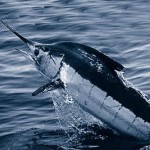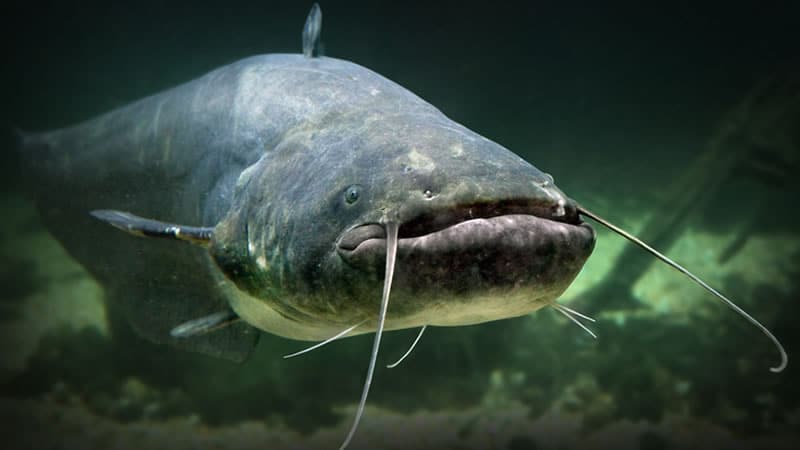Marlin migratory habits from Miami to Key West
 Marlins have the ability to thermo regulate, that is, they can control the temperature of their body at a certain limit. Thus, unlike most fish which are cold-blooded, marlins do not have to migrate to warmer waters in deep sea when winter sets in. Still, significant migration can still be seen in many marlin species – largely attributed to their taking advantage of feeding opportunities in the temperate zones during spring and summer.
Marlins have the ability to thermo regulate, that is, they can control the temperature of their body at a certain limit. Thus, unlike most fish which are cold-blooded, marlins do not have to migrate to warmer waters in deep sea when winter sets in. Still, significant migration can still be seen in many marlin species – largely attributed to their taking advantage of feeding opportunities in the temperate zones during spring and summer.
Marlin spawning happens in tropical waters. Thus, fish living or foraging in temperate waters have to migrate to the warmer tropical waters during spawning season. Studies have indicated that a significant population of marlin stays in these tropical waters, though; many also migrate to colder regions. Still, when marlins migrate, they often pass through warm waters such as those in the Gulf Stream and the Agulhas Current, using these waters as “highways”.
Large as they are, they can travel long and far, moving from one ocean to another. In fact, there had been many instances wherein marlin tagged and released from one ocean was caught and identified in another ocean, half the globe away or further south or further north.
Thus, it is not surprising at all to find marlin in Open Ocean as well as close to the shore. Marlins are also found all over the world, mostly because of this migration in search of food and for spawning. Mostly pelagic, marlins move closer to bottom structures that create an upwelling that bring plankton and bait fish close to the surface.
There is no definite season for marlin migration, though; some observers have discovered migration on certain times of the year at a particular spot.






